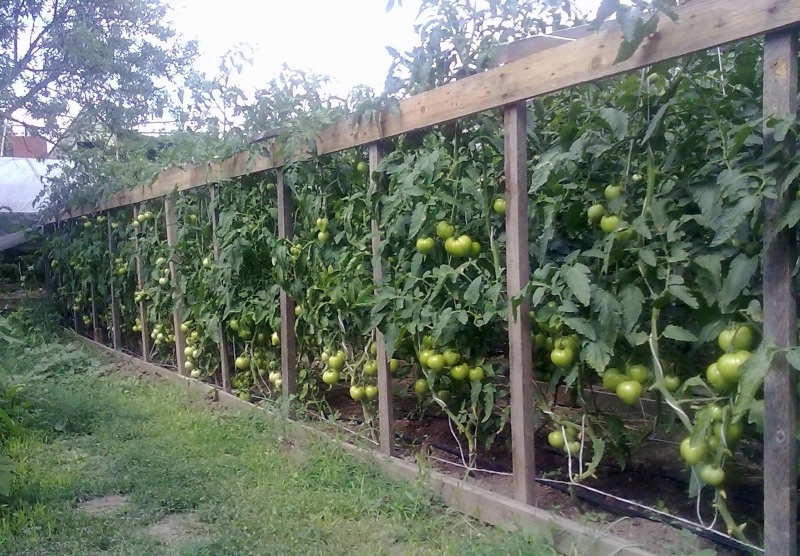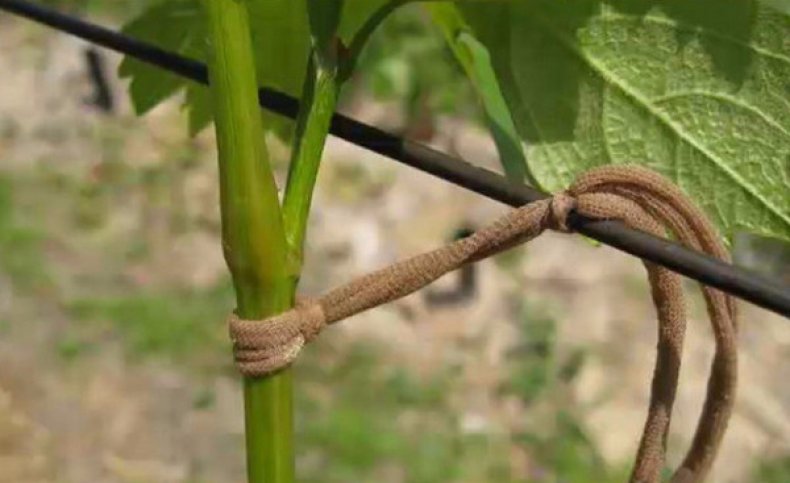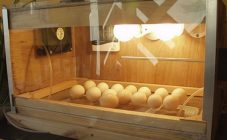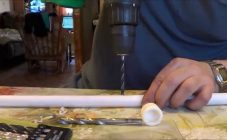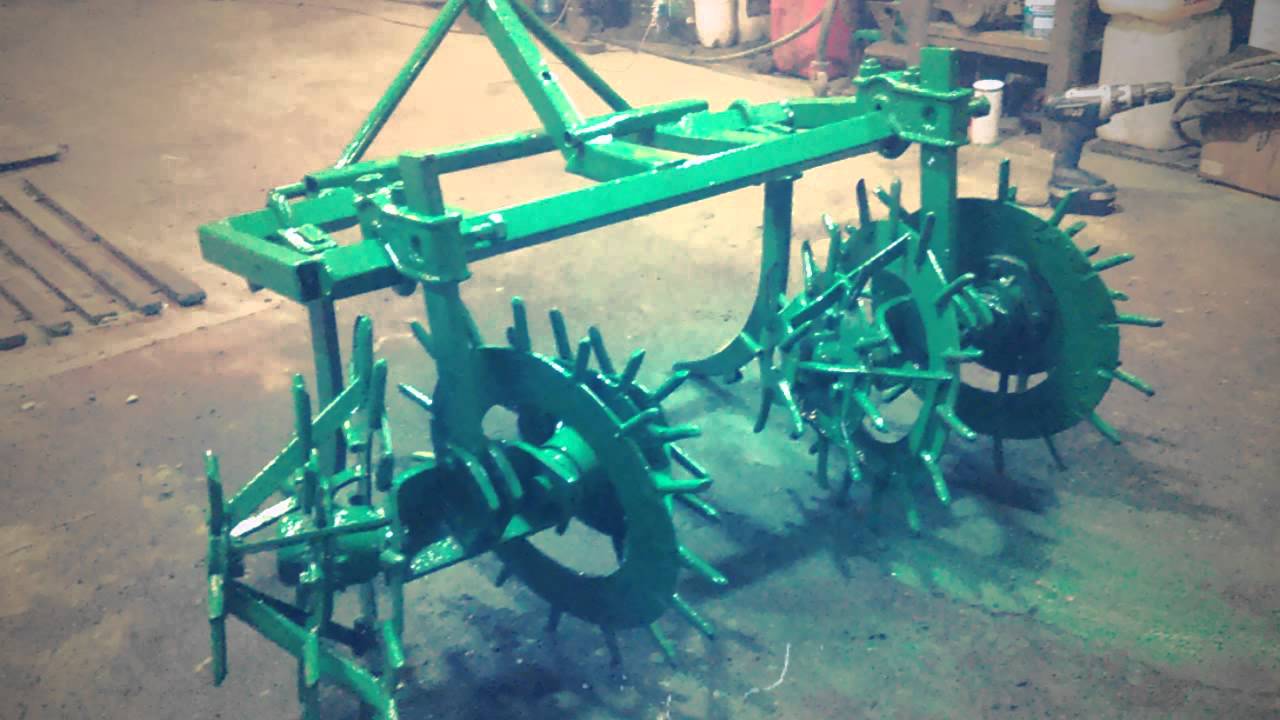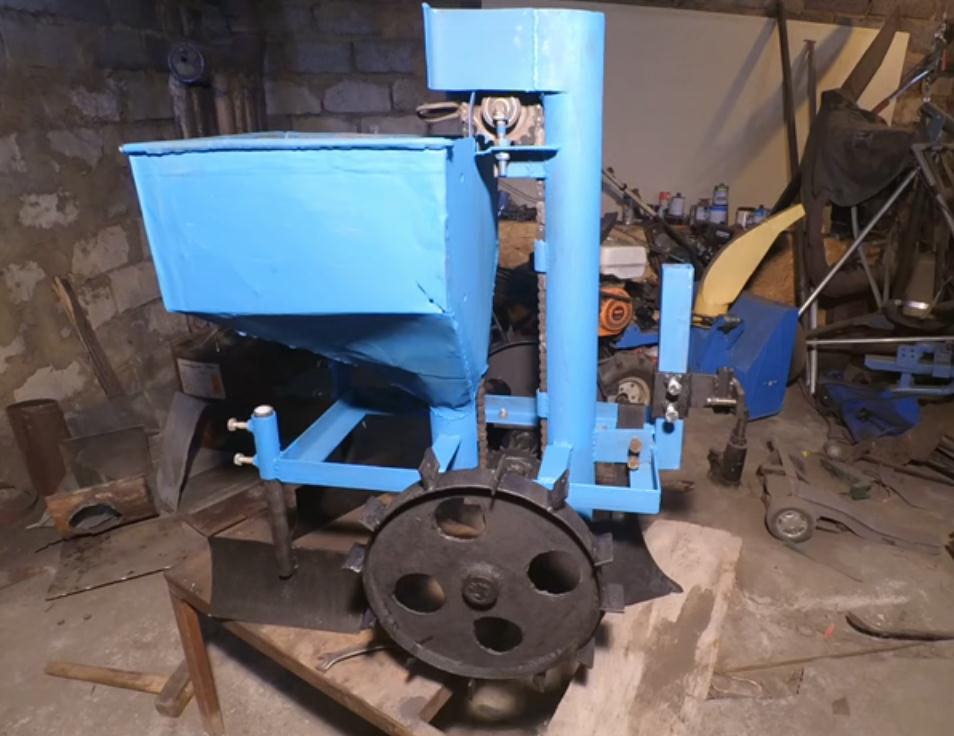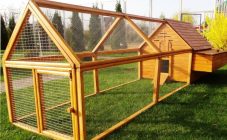Content:
Support for tomatoes is necessary, it provides access to sunlight and air to bushes and fruits. Tomato supports minimize plant contact with the ground, which contains pathogens. Thanks to the trellis for tall tomatoes, you will be able to get a full harvest from healthy bushes. The device will help to avoid infection with late blight, black leg, preventing the development of putrefactive processes. Tying up the tomato gives you better access to the bushes when tending and harvesting.
Trellis for tomatoes
On the site or in the greenhouse, you can use various types of supports: from wooden pegs to durable purchased stands made of polymer materials. Even at the beginning of the garden season, long before planting seedlings, it is necessary to provide stands for tall tomatoes in the open field. Although the store options look more aesthetically pleasing, it is more convenient to install a do-it-yourself trellis:
- it can be made in accordance with your desire and idea, and the master can also realize his own creative ideas;
- use the pieces of reinforcement and timber material stored in the back rooms, saving on costs when buying a structure in a store;
- for installation in the greenhouse, select the ideal size of the stand for supporting and tying tomatoes.
Which option to choose - each gardener decides for himself, taking into account the budget, materials available and the desire to build a trellis with his own hands.
How to make supports for tomatoes with your own hands
The basis for arranging any support are posts with a cord, wire or polymer mesh attached to them. Most often, two options are used: a simple design of racks for semi-determinant (medium-sized) tomatoes and a more complex device for indeterminate (tall) varieties and hybrids.
Trellis for short tomatoes
For growing not very high varieties, an unpretentious trellis option is used, for which you will need:
- metal or wooden poles with a height of about 2.5 meters (taking into account 50 cm for digging in);
- a skein, twine, cord or wire;
- tape measure, building level, hammer and nails.
The installation of racks for future tomatoes begins with the installation of pillars, which are located in one row at a distance of 1.5 - 2 meters. The method of pulling a wire or cord is three-row. The lower segment is located 20 cm above ground level, the distance between subsequent rows is approximately 20-40 cm. As they grow, the stems are tied to the wire vertically, the stepchildren, specially left during the formation of the bush, are also attached to it.
You can apply a similar method - the device of supports in the form of a trellis for tomato seedlings, in which you do not need to pull the wire. The difference lies in laying the slats from above and below, which are nailed to the posts. Pieces of rope are tied vertically to the slats. Tomatoes can be attached to them with a ribbon or twine.Such wooden coasters are more suitable for tomatoes in the open field.
Trellis for tall bushes
Self-made supports from lumber material and reinforcement will be more durable and suitable for tall representatives of the culture in open and closed ground. In order to mount them, you need to stock up on:
- a bar (or metal pipes) 2.5-3 meters long, 50 cm of which will be dug into the ground;
- metal rods or fittings;
- polymer mesh;
- tools: building meter, tape measure.
A do-it-yourself tomato trellis for tall tomatoes is assembled in the following sequence:
- Dig concrete, metal pillars or bars with a height of at least 2.5 meters (preferably pine or oak) to a depth of 50 cm into the grooves in the ground, compact the soil well. It can be concreted or simply covered with bricks or rubble for greater stability during watering.
- Attach a plank or timber to the top of the pillars, and do the same on the bottom of the pillars, departing 20 centimeters from the soil surface.
- Pull the cords along the top and bottom planks, securing one end.
- Pull the other end of the cord through the mesh of the plastic mesh and secure.
- Do the same at the bottom edge of the mesh, spreading so as to avoid sagging.
If desired, the trellis for tomatoes in the open field can be made without using a polymer mesh. To do this, it is enough to stretch the string between the pillars in 3-4 rows, located at a distance of 40-50 cm from each other. Moreover, the lower segment should be at a distance of 20 cm from the soil. For the manufacture of a more complex version of the trellis supports for tomatoes, a drawing is required.
How to tie tomatoes to trellises
And now the trellis is ready, the planted seedlings start to grow. There is no need to wait until the tomato grows up and begins to tilt to the sides. As soon as it reaches the height of the first stretched cord of the trellis, you need to direct it towards the attachment, slightly tying it. The garter can be done in two ways:
- as they grow up, tie the stems to a horizontally fixed wire;
- grab the plant from above, lowering the garter down.
It is impossible to tighten the stem tightly, since it will grow not only in height, but also in thickness. Pulling several stems together is also undesirable. For the full development of tomato culture, free space is needed.
For the garter, you need to use strong and wide ribbons and strips of fabric.
A soft cotton fabric 3 to 4 cm wide may be ideal. Tying tomato bushes to one support makes it possible to prevent the thickening that tomatoes often suffer from.
Supports for seedlings after planting in open ground
Gardeners most often opt for trellis designs, where the main material for installation is wood: supports - posts and horizontal wooden slats. You need to know some points regarding how to properly arrange them and extend the terms of use:
Since the tree deteriorates faster, such tomato supports should be removed at the end of the season. Storage in a dry place will extend the life of the trellis. In addition, you need to cover them with paint, not for beauty, but for the sake of extending their useful life.Moreover, next year the support can be installed in a different place, which complies with the rules of crop rotation.
Rows of tomatoes when grown on a trellis should be planted from north to south. With this planting, the bushes will be illuminated by the sun throughout the day. A good option is to plant seedlings in two rows with a staggered arrangement.
When the seedlings are already planted in the ground, the slats are deepened with a sharp edge by 20 cm. They hammer in a nail, stepping back on a column 20 cm from the upper edge, this will be the fastening of the transverse slats. The distance between the posts is no more than 2 meters. After a week or one and a half, a garter is carried out to horizontally located slats.
Compliance with the recommendations will help you get a harvest of tomatoes located on the trellis.
Tips and tricks for gardeners
- It is better to buy seeds of varieties and hybrids that have immune protection, disease resistance;
- tapestries of different types facilitate the care of tomatoes, provide access to air and sunlight, since ultraviolet light kills infections and pathogens;
- tomatoes love hot weather and sun, so the trellises and supports are placed in the direction from north to south, the sun will heat the bushes all day.
- wide passages should be left between the props to increase the feeding area and convenience during care and harvesting;
- the condition of the trellises must be monitored, covering them with antiseptics and removing them, if possible, for the winter to extend the period of use;
- you should also pick off the lower leaves of tomato plants, in contact with the ground, they can be affected by diseases. To prevent the infection from spreading, they must be removed.
Although you can buy almost any tomato in supermarkets and markets, many gardeners prefer to grow these nightshades themselves, using their own energy. In the constant search for better growing methods, more sophisticated tools (for example, trellises), they put a lot of effort into getting a decent harvest. That is why homemade tomatoes are much tastier.
